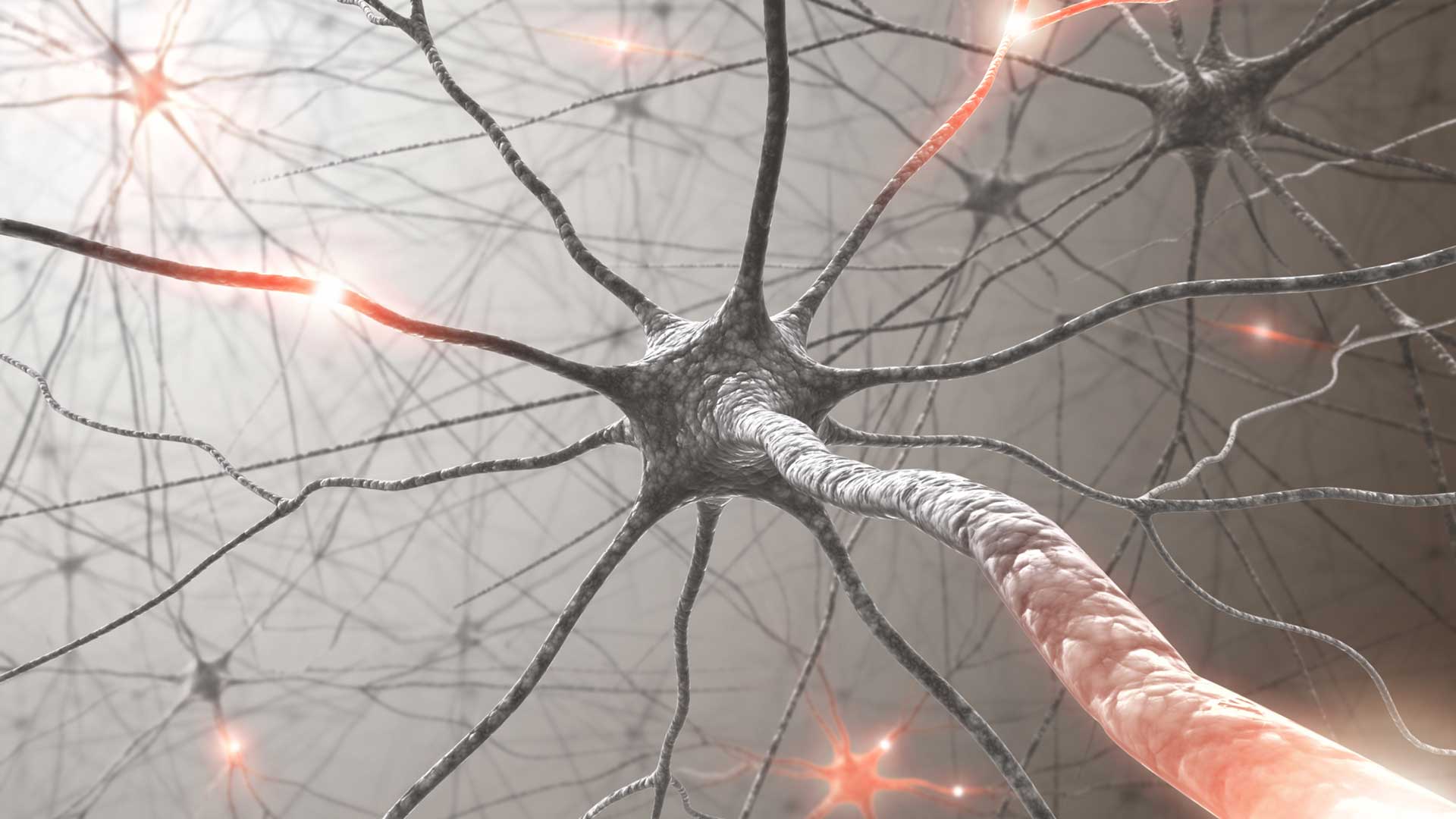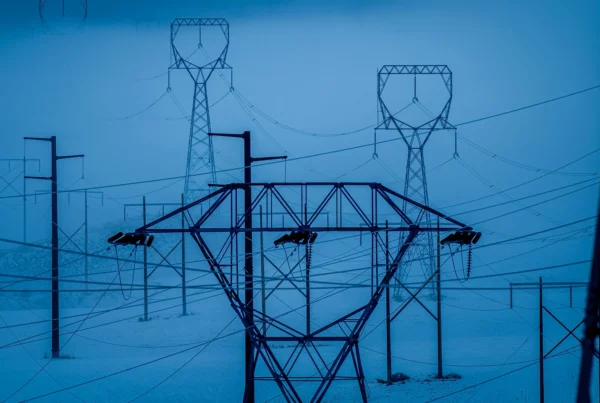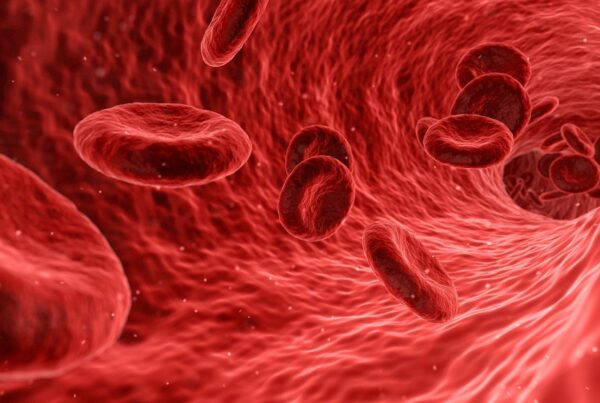Autonomic Nervous System: Why you need to get it under control
Restoring sympathetic/parasympathetic balance is the cornerstone of recovery and health
I am an unapologetic geek. I love to pick a topic and dive into the published research. I am continuously fascinated by how much information is out there on virtually any topic that might spark my interest. And of course most of the topics of interest to me (though certainly not all) have to do with my clinical work. I will commonly pick a specific nutrient, or a new intriguing medication, or some new therapeutic device, and will read a book of scientific monographs on that topic. And as I’m reading I have my Rolodex of patients in my head, thinking about how these various new learnings apply to various patients.
If the ANS is dysregulated, all the other elements of a treatment plan are, at best, Band-Aids that will fall off as soon as the treatment plan stops. If the goal is to establish long-term health and vibrance, regulation of the ANS is an essential part of virtually every treatment program.
One common denominator among virtually all nutrients and therapies is their beneficial impact on the regulation of the autonomic nervous system (ANS). I have come to realize that an imbalanced ANS is the proverbial elephant in the living room when it comes to symptoms that don’t respond to therapies as expected. If the ANS is dysregulated, all the other elements of a treatment plan are, at best, Band-Aids that will fall off as soon as the treatment plan stops. If the goal is to establish long-term health and vibrance, regulation of the ANS is an essential part of virtually every treatment program.
The Autonomic Nervous System: A Brief Overview
The nervous system is divided into two general branches: the central nervous system (brain and brain stem), and the peripheral nervous system (everything else). The peripheral nervous system is then divided into the somatic nervous system (stuff you have conscious control over, like arm and leg movements) and the autonomic nervous system (stuff you don’t think about, like heart rate, blood pressure, digestive secretions, etc.).
Dividing things even further, the ANS has two dominant branches, the sympathetic and the parasympathetic branches. The sympathetic branch is what is commonly labeled as the “fight or flight” response, though that has been more recently updated to “fight, flight, or freeze” to be more accurate regarding its effects. It is the branch that prepares our body to deal with a crisis. When it is active, heart rate increases, digestion shuts down, saliva and tears dry up, pupils dilate, and we generally feel ourselves to be on heightened alert.
When either branch of the ANS is overly active, the other branch is suppressed in its activities. And as you might imagine, we are living in a world that is inviting us all into sympathetic (fight, flight, or freeze) activation.
Parasympathetic ANS activity regulates all the activities we commonly associate with relaxation: blood pressure drops, digestion is activated and bowels move appropriately, heart rate slows, breathing slows, thoughts are calm, etc.
When either branch of the ANS is overly active, the other branch is suppressed in its activities. And as you might imagine, we are living in a world that is inviting us all into sympathetic (fight, flight, or freeze) activation. Anxiety is one of the most common symptoms that patients are telling me they deal with regularly, whether that’s about their health, or their job, or the state of the world, or all of that combined.
ANS imbalances have a wide range of clinical manifestations, but there are some common ways it presents:
- POTS (postural orthostatic tachycardia syndrome) – This is a potentially disabling increase (or, occasionally, decrease) in heart rate and blood pressure upon going from sitting/lying to standing.
- Temperature dysregulation – People report rapid changes from feeling too hot to too cold, or an intolerance of exposure to either hot or cold temperatures.
- Brain fog – Cognitive symptoms are very common and can include anxiety, panic attacks, OCD thoughts or behaviors, depression, and others.
- Fatigue – This is probably the most common symptom reported. It is driven by a lack of adequate oxygen deliver to cells under conditions of chronic sympathetic activation and resulting nutrient depletions.
- Emotional lability – The sympathetic system is driven by a neurotransmitter called norephinephrine. The parasympathetic system is driven by a neurotransmitter called acetylcholine. In addition to the physiological effects these have, they have profound mental/emotional impacts as well. Excessive crying, irritability and anger, or apathy are all indications of an underlying ANS imbalance.
This is a short list of the most common manifestations of ANS imbalances. If one or more of these is reported as a symptom, I know I need to bring ANS-regulating therapies into the treatment program. So what does that mean clinically?
The majority of people need parasympathetic support in order to calm the sympathetic system down. This can happen through both nutritional support and through specific activities and therapies.
Nutritionally, this might include supplementation with phosphatidylcholine, the precursor to acetylcholine, mentioned before as the neurotransmitter of the parasympathetic system. It might include various forms of vitamin B1, also known as thiamine. Some forms of this vitamin cross into the brain and enhance oxygen delivery to ANS-regulating regions there. It might include vitamin B12, or GABA, or magnesium, or methylene blue, or a combination of these and other biochemical support.
Activities that help with this are many that we already associated with a more calm disposition: meditation, yoga, walks in nature, laughing, and even intentional feelings of gratitude. These are all obviously fantastic regular practices.
I am increasingly of the opinion that a treatment plan that doesn’t incorporate ANS therapies is likely not going to be sufficient to the task of long-term positive change. The geek in me is finding an increasing number of physiological reasons why that would be the case. The clinician in me is observing that SSP and other ANS therapies are changing the game.
Since Maria Zilka, clinic co-owner and the resident nutrition guru, has been through the training on the Safe and Sound Protocol (SSP), that is now a central component of the ANS-regulating portion of most treatment plans that I’m putting together. SSP is built upon the pioneering work of Dr. Stephen Porges and the Polyvagal Theory that is his brainchild. I find Polyvagal Theory to be a compelling explanation of the underlying cause of ANS dysregulation for the large majority of patients, and SSP is a therapy to directly adjust the “tone” of the vagus nerve and thus the sympathetic/parasympathetic balance in the ANS overall.
SSP is a relatively passive therapy. Through a series of sessions patients listen to music that has been filtered of specific frequencies. It is the impact of those specific filtered frequencies on the sympathetic nervous system that allows SSP to adjust activity in the vagus nerve via the auditory nerve. The impact of the therapy is commonly both subtle and profound. I have patients report that they feel more grounded, more emotionally stable, or a general greater sense of wellbeing.
I am increasingly of the opinion that a treatment plan that doesn’t incorporate ANS therapies is likely not going to be sufficient to the task of long-term positive change. The geek in me is finding an increasing number of physiological reasons why that would be the case. The clinician in me is observing that SSP and other ANS therapies are changing the game.
If you think that ANS dysregulation could be contributing to your chronic health issues, schedule a consultation with me by visiting https://www.immersionhealthpdx.com/appointments/ and selecting an in-person or video consultation. You can also call 503-719-4806 or email info@immersionhealthpdx.com to request an appointment.




